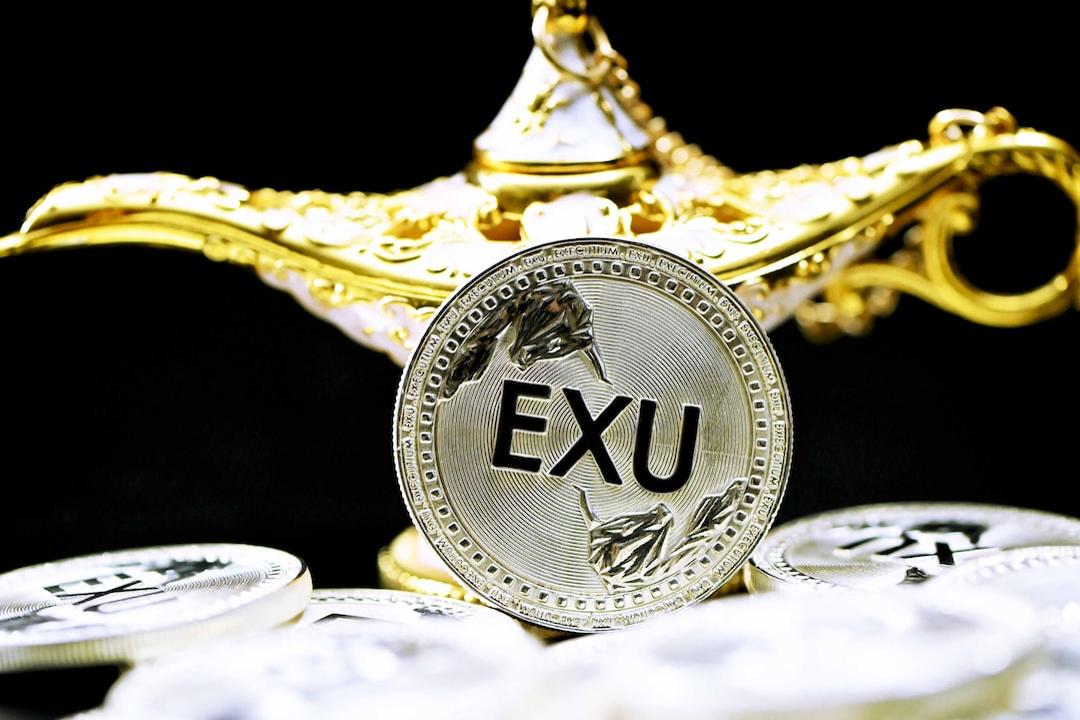The modular liquidity protocol Elixir recently launched the stablecoin deUSD, which will serve as the preferred collateral within the Elixir ecosystem, with most DEXs partnered with Elixir using deUSD. Its principle is similar to Ethena, where users deposit stETH and sDAI, while simultaneously shorting ETH on exchanges to earn funding rates. Currently, Sei’s official stablecoin fastUSD is fully collateralized by deUSD, and Elixir will go live on the mainnet on October 31st, allowing users to earn double points by staking deUSD, with Curve LP offering a 10x bonus.
With a valuation of 800 million dollars, liquidity protocol Elixir saw Arthur Hayes, Hack VC, and Mysten Labs lead the latest funding round.
Elixir founder Philip Forte is a partner at BlockVenture Coalition, and COO Cole Petersen previously worked for the company. The team’s CTO, Christopher Gilbert, was a lead engineer at Tokensoft.
Backed by Hack VC, Arthur Hayes’ family office, and Mysten Labs’ Sui team, Elixir’s latest funding round led to a valuation of 800 million dollars. The protocol is primarily a multi-chain modular liquidity protocol that collaborates with DEXs, with staking on Elixir equivalent to derivatives trading on DEXs.
If funding rates turn negative, deUSD profits will come from sDAI.
deUSD is minted by staking stETH and sDAI, with the protocol shorting an equivalent amount of ETH to earn funding rates. Even if funding rates are negative, deUSD can still be profitable as it will shift towards participating in relatively stable income protocols like Sky Protocol.
The Overcollateralization Fund (OCF) of deUSD is the core of the system, and by monitoring the operation of the OCF, deUSD will shift towards Sky Protocol’s sDAI in negative rate scenarios. sDAI provides revenue sharing for the Sky Protocol and a mix of US Treasury bond income, ensuring deUSD holders can still earn profits and receive support under any market conditions, the key difference between deUSD and similar protocols like Ethena.
When the OCF remains at about 20%, deUSD’s collateral assets will be entirely sDAI. 30% of deUSD profits are used to fund the OCF, and as the OCF scales, this ratio is expected to decrease.
The goal is to achieve full decentralization, with deUSD already serving as the stablecoin asset reserve for Sei.
Currently, deUSD arbitrage is still centralized exchanges, but once DEXs have enough liquidity, Elixir will shift the entire mechanism to DEXs. Elixir is currently integrated with DeFi protocols such as Vertex, RabbitX, BlueFin, and Orderly, and will collaborate with Dexs such as dYdX, ApeX, Hyperliquid, Synthetix, SynFutures, and Aevo in the future.
The public chain Sei recently launched fastUSD, which is backed by deUSD as an asset reserve, and deUSD can now be found in trading pairs with other stablecoins on major DeFi protocols such as Uniswap, PancakeSwap, and Curve.
On October 31st, Elixir will go live on the mainnet, and over the next 10 months, Elixir will distribute 750 million Elixir points to users. Staking deUSD will earn double points, while Curve LP will earn ten times the points. Users can currently participate in Elixir by staking deUSD.


Changes in deUSD profits under fluctuating funding rates Source: Elixir

